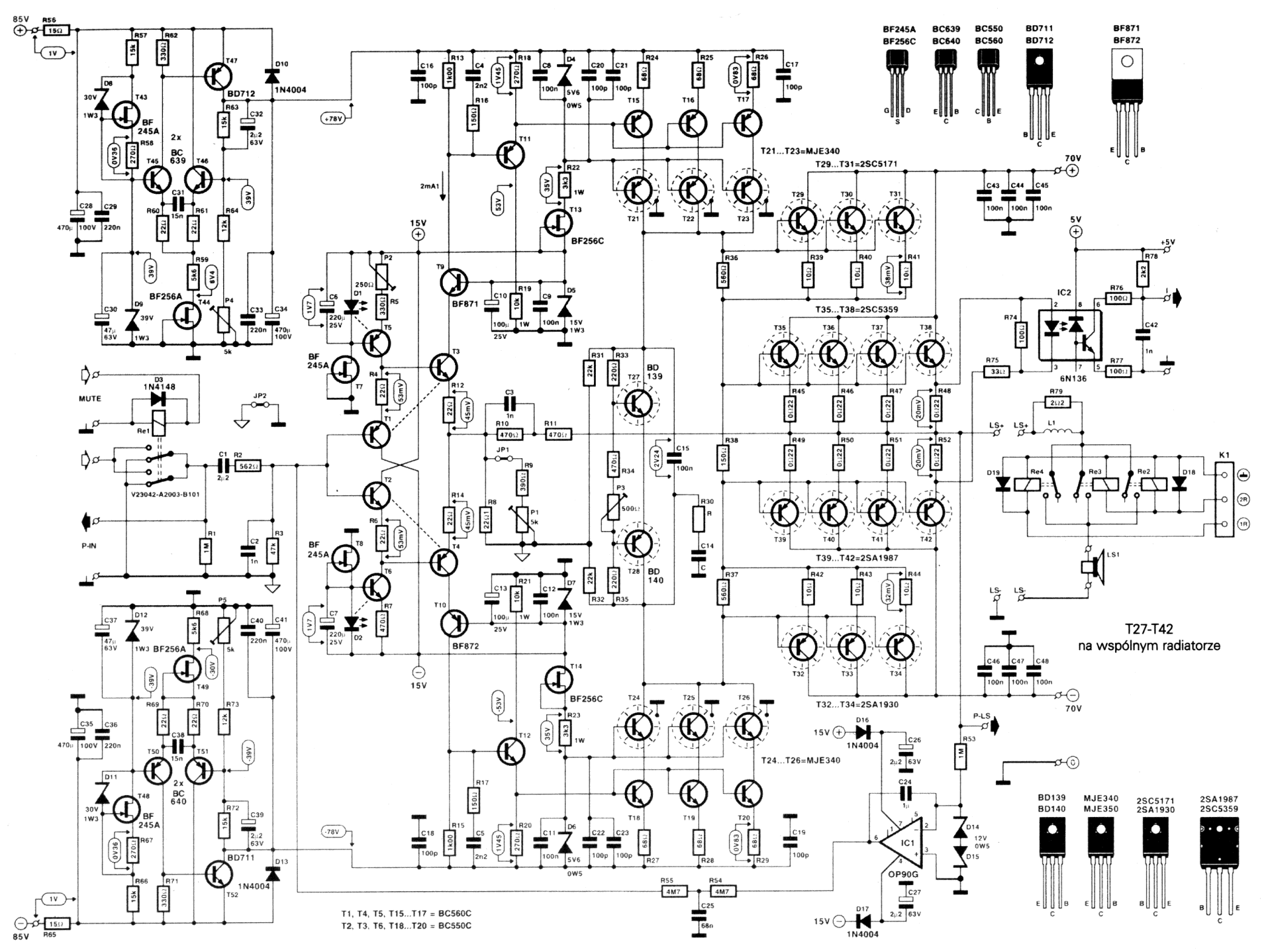

The 12V supply voltage from BATT.1 is applied to the low-battery indicator circuit with full load (not more than 1000 watts) connected to the inverter output. The low-battery indication circuit consists of transistor T9, preset VR2, zener diode ZD2, resistors R5, R6 and R7, LED2 and capacitor C2. The supply voltage to IC1 is limited to 5.1 volts by using zener ZD1 and resistor R4 with the external battery as shown in Fig. As the load is increased, current consumption increases. Current consumption with no load is only 500 mA due to 50 per cent duty cycle of the square-wave signal. Natural frequency of the tank circuit is adjusted to 50 Hz. Two 2.2♟ capacitors are connected to the gates of the MOSFETs in both the banks with respect to the ground if proper sinewave is not produced. The sine wave output is obtained by forming a tank circuit with the secondary winding of the inverter transformer in parallel with capacitors C5 through C7. This way an alternating output voltage is obtained across the secondary winding. Therefore current flows through the other half of the primary winding and 230V AC develops across the secondary winding. Thus MOSFETs of bank-2 conduct, while the MOSFETs of bank-1 remain non-conducting. Therefore a large swing of current flows through the first half of the primary winding of inverter transformer X1 and 230V AC develops across the secondary winding.ĭuring the next half cycle, the voltage at pin 10 of IC1 goes low, while the voltage at pin 11 is high. When pin 10 of IC1 is high and pin 11 low, MOSFETs of bank-1 (T1 through T4) conduct, while MOSFETs of bank-2 (T5 through T8) remain in the non-conducting state.

These two signals drive the two MOSFET banks (bank-1 and bank-2) alternatively. The oscillating frequency is decided by external preset VR1 and capacitor C1. Therefore IC1 is wired to produce two square-wave output signals at pins 10 and 11 with 50Hz frequency, 50 per cent duty cycle and 180-degree phase-shift. The inverter application requires two outputs that are 180 degrees out of phase. IC CD4047 has built-in facilities for astable and bistable multivibrators. It comprises a CD4047 multivibrator (IC1), IRF250 MOSFETs (T1 through T8), transistors and a few discrete components. 1 shows the sine wave inverter circuit of the MOSFET-based 50Hz inverter. Sine wave inverter circuit descriptionįig. The project is a simple sine wave inverter circuit that produces 50Hz quasi-sine wave output using a single IC CD4047 and some discrete components, which makes it a very cost-effective solution. Some of them produce a square-wave output, which is undesirable for inductive loads. Most of the inverters available in the market have complicated circuit design and are not very economical. An inverter provides power backup for mains-based appliances in the event of a power failure.


 0 kommentar(er)
0 kommentar(er)
